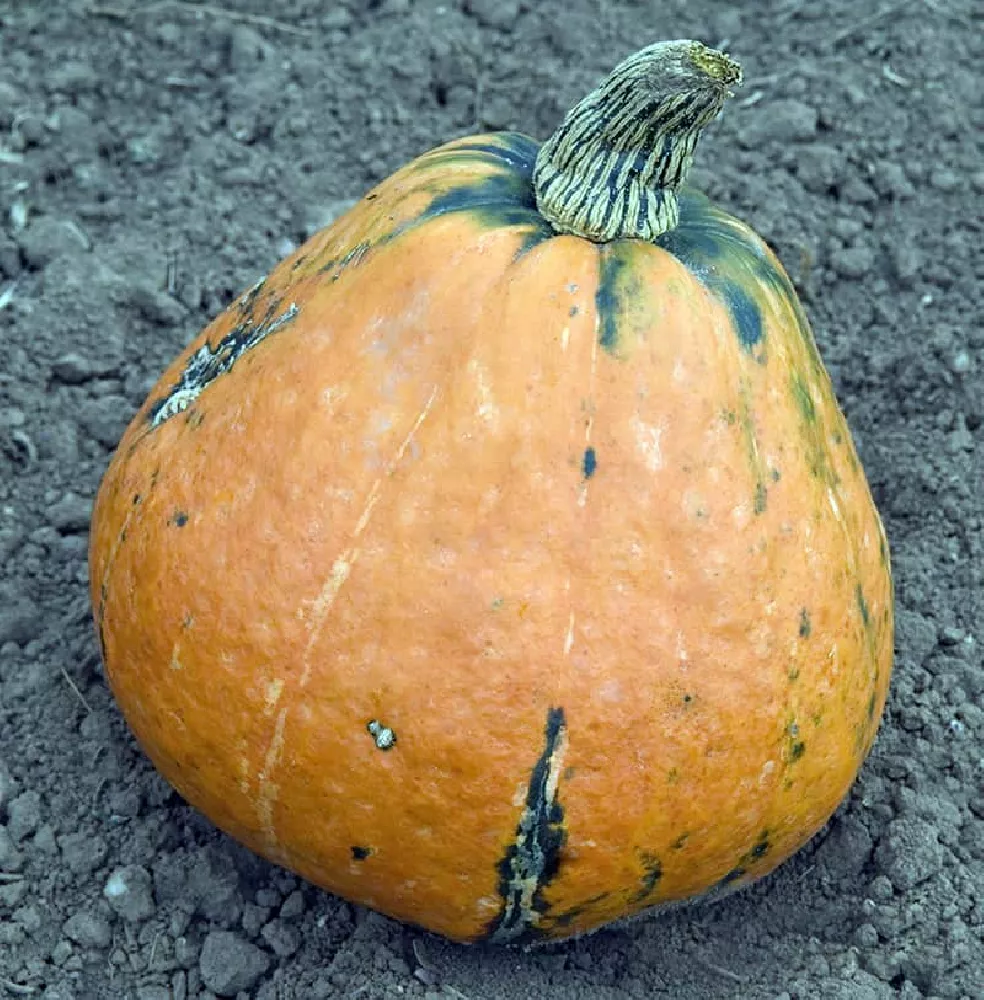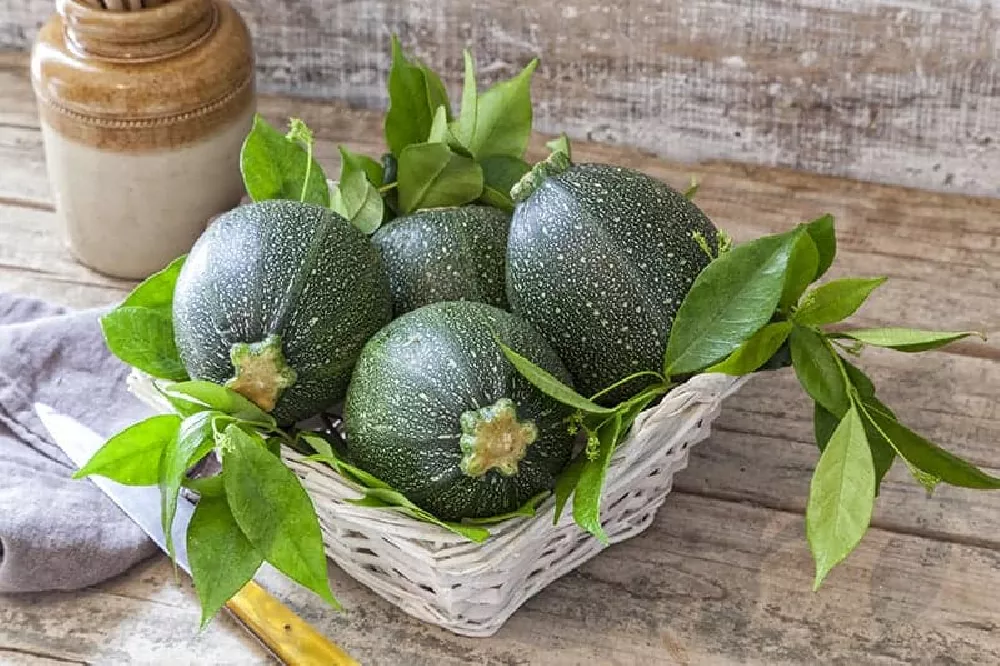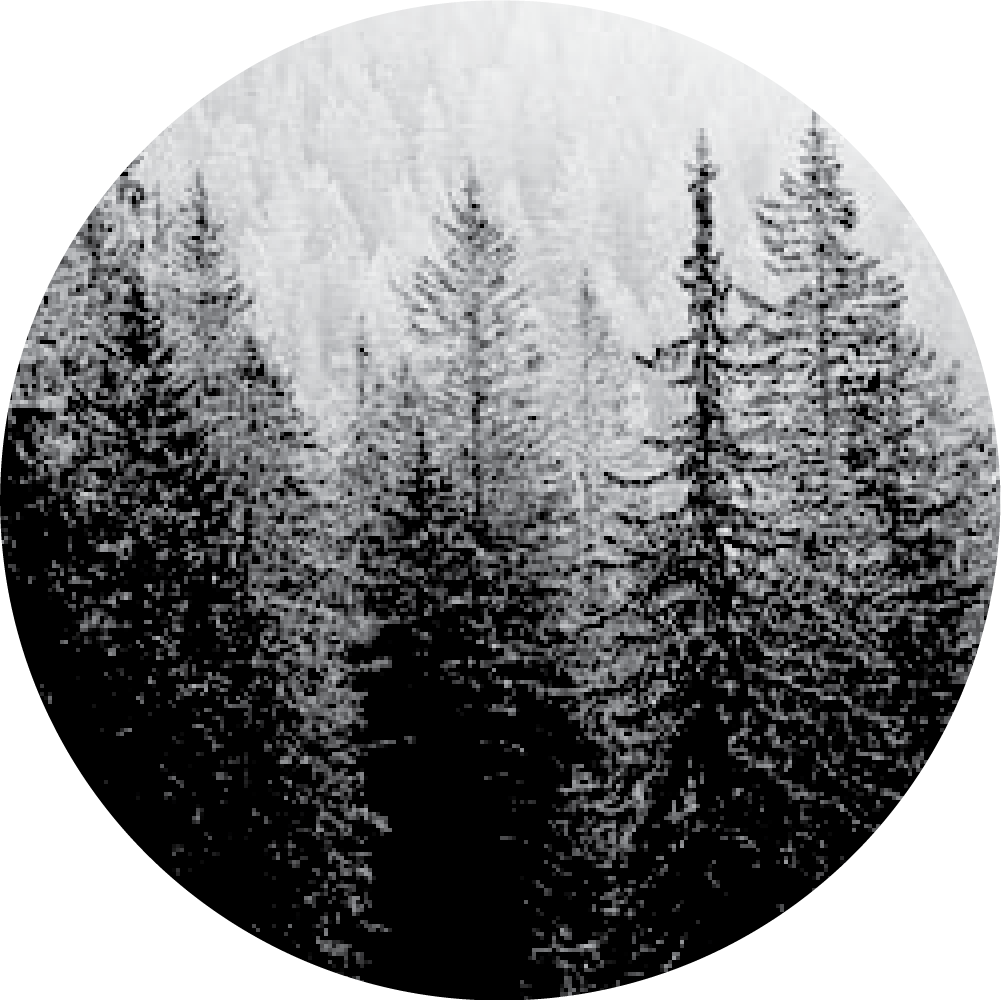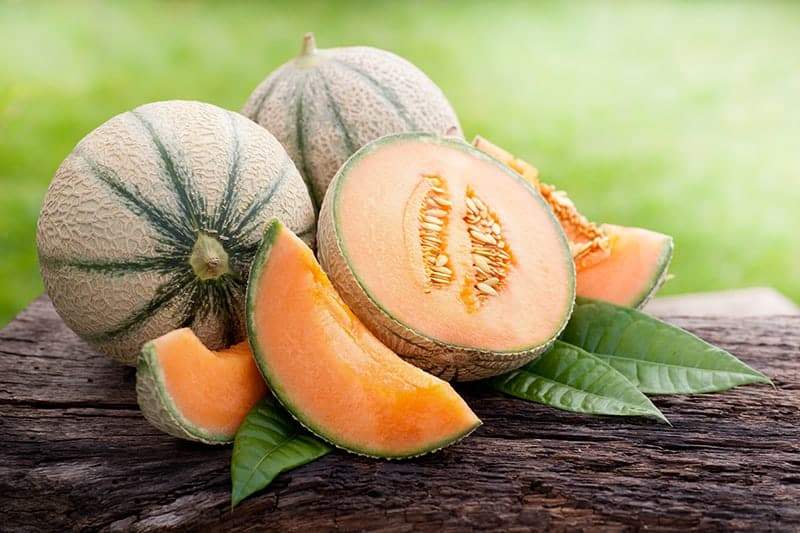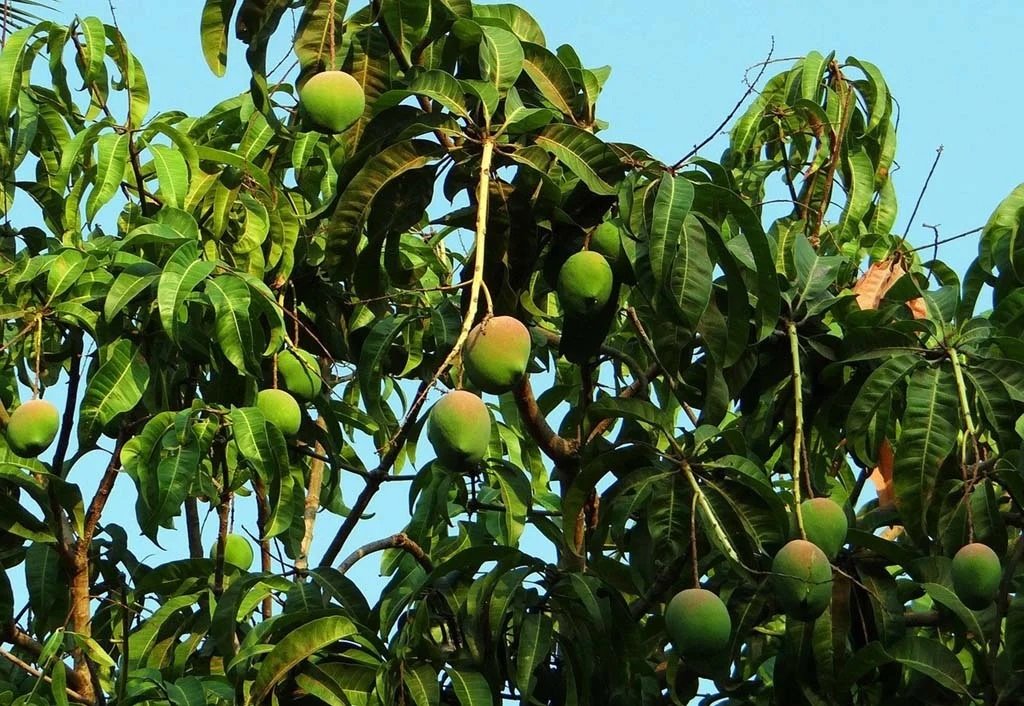- Home >
- Summer Squash
Summer Squash for Sale - Buying & Growing Guide
2 Results
Summer Squash – Buying & Growing Guide
Summer squash is, botanically speaking, technically considered to be fruits; however, most people treat them as vegetables. They are different from winter squash in that they are harvested during summer, in fact, any time from late spring right through to fall, whereas winter squash is harvested in fall and winter. Summer squash has a much thinner skin than winter squash, which means it doesn’t store as well and needs to be eaten quite soon after harvest. However, the benefit of the thin skin is that it does not need to be peeled and therefore is much quicker and easier to prepare.
Most types of summer squash are varieties of Cucurbita pepo, though some are varieties of Cucurbita moschata. Summer squash has a mild flavor that makes it suitable for use in a wide range of dishes. It is a staple of many different kinds of cuisines around the world. Summer squash is also low in calories but high in vitamins, making it a delicious and nutritious choice. These plants are easy to grow and are enormously popular among home gardeners because they have vigorous growth habits and produce an abundance of fruits. In fact, one of the main problems with growing summer squash is knowing what to do with all of the plentiful squash you harvest! They will grow in any climate that experiences warm summers and thrive in full sun and moist soils. Many varieties of summer squash are ready to harvest quite quickly, so when grown from seed, you won’t have to wait long to taste the fruits of your labor.
Quick Facts
| Scientific Name | Cucurbita pepo or Cucurbita moschata |
| Mature Size | Up to 15 feet long |
| Hardiness Zone | 2-11 |
| Light | Full sun |
| Water | Maintain moist soil |
| Soil | Well-draining, fertile |
| Flower Color | Yellow |
Cousa Squash
Cousa squash is believed to be native to Asia and the Middle East, and they play a vital role in Middle Eastern cuisine. These types of squash are pale in color and have a squat shape that is more bulbous at one end. They have a slightly more delicate flavor than other types of squash and work well for frying, grilling, roasting, and steaming. Their shape and size make them perfect for stuffing with rice or other vegetables and then being baked.
1. Magda
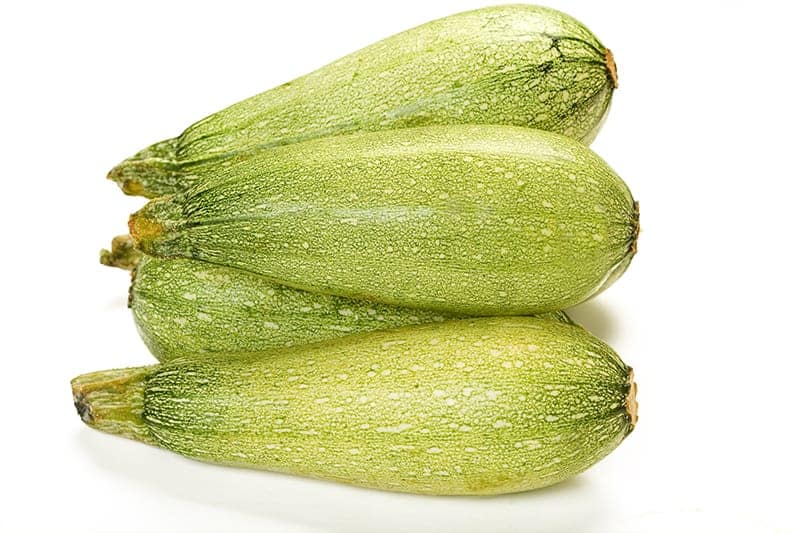
This summer squash is ready to harvest in 50 days. It is best enjoyed when it is around four inches long. It has a pale, minty green colored skin and a short and chubby shape. These squash have a subtle nutty flavor.
2. Green Eggs
This is a short and plump squash with an almost square end. It has glossy, dark green skin and creamy flesh.
Straightneck Squash
Straightneck squash is a variety of Cucurbita pepo that are believed to have been first cultivated in the United States. These fruits usually have yellow skins and are, therefore, sometimes known as ‘Yellow Squash,’ but this can be confusing as Crookneck squash are also often referred to as ‘Yellow Squash. The skin of Straightneck squash is tender and thin and does not need peeling. The inner flesh has a mild flavor and slightly sweet taste and high water content. They thrive in mild weather and grow on vines that can reach up to three feet in length. They are a good type of summer squash to grow if you have a small garden as the vines can be trained up a trellis or fence and do not take up much space. Straightneck squash is versatile when it comes to cooking and is often used as a substitute in recipes that call for zucchini.
3. Butterstick
This squash is ready to harvest in 52 days. The plant is bush-like and will grow up to three feet tall, making it suitable for small gardens. The fruits of this plant are a bright, vivid yellow color and long and slender. They are best enjoyed at around ten inches long.
4. Early Prolific Straightneck
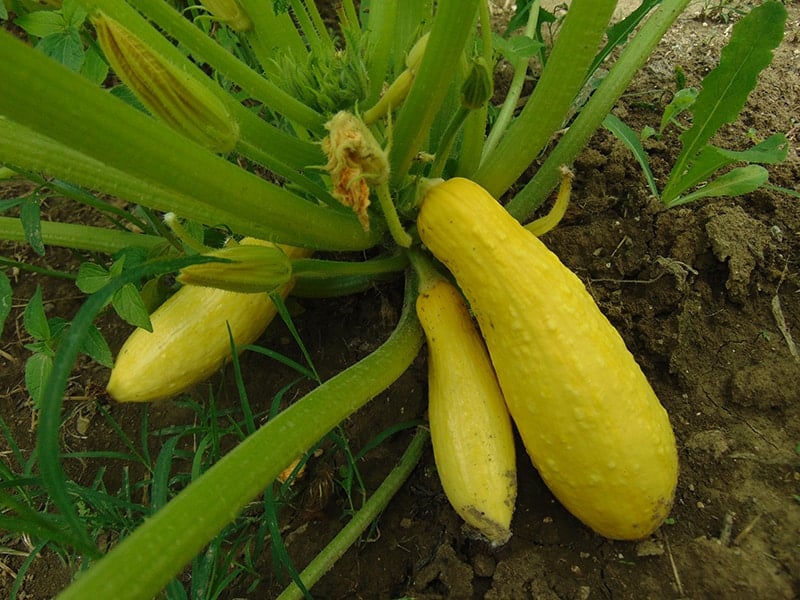
These squash are pale yellow with a textured skin that resembles a honeydew melon. They are a popular heirloom variety that can be harvested at 50 days.
Scalloped Squash
Scalloped squash is also commonly known as Pattypan squash. It is a variety of Cucurbita pepo with a very unusual and distinctive shape. These types of squash are shallow and round, resembling a ball that has been squashed. Their edges are scalloped, making them look like small flying saucers. These can be harvested when they are immature or grown to full size, but they are typically served at no more than three inches across. They make a nice change from more regular types of squash, and their interesting look makes them something of a novelty and a talking point at the dinner table. You can also scoop out the inside of these vegetables and use the skins as an edible and decorative alternative to serving food in a bowl.
5. Early White Bush
This is a prolific fruiting variety that will supply squash all summer long. Both the skin and flesh are pure white, grown on a compact bush.
6. Sunburst
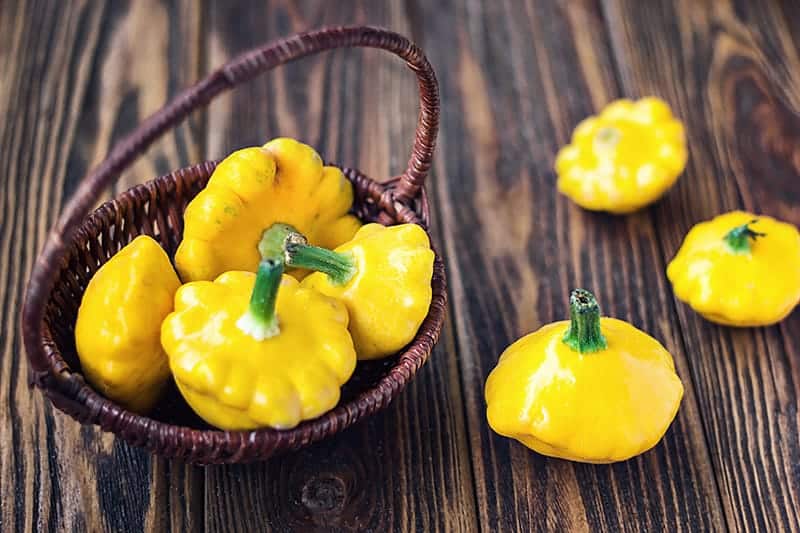
This yellow squash has a nutty flavor and a crisp flesh.
Zucchini Squash
Zucchini, which is also sometimes called a ‘courgette,’ originates in North America and is a variety of Cucurbita pepo. Like all types of summer squash, it is botanically categorized as a fruit, but in culinary terms, it is considered to be a vegetable. It is a commonly used vegetable in a variety of different cuisines and is versatile in the way it can be cooked. It has a mild flavor that pairs well with a wide range of other foods. Zucchini can vary in size, but standard zucchini are generally harvested when they are between six and eight inches long. If left to grow on the plant, these fruits can reach up to 40 inches long, but they develop a tough skin and woody flavor. They have a thin skin that does not need peeling, and their long and cylindrical shape makes them perfect for slicing into rounds. There are many different varieties of zucchini, including those that have deep, dark green skins and those with green and cream speckled or striped skins.
7. Bossa Nova
This squash has beautifully mottled skin in various shades of green. It has a long fruiting season, with zucchini’s that are ready to harvest two weeks before most, and they continue fruiting for three weeks after most other types have stopped.
Crookneck Squash
Crookneck squash is a variety of Cucurbita pepo that can be easily identified by their unusual shape. They have bulbous bottoms and slender necks that are bent. These types of squash are typically yellow, but the texture of their skin can vary. You can find crookneck squash with bumpy skin, smooth skin, warts, and ridges. They grow on bushy plants, not vines like some summer squash. These tend to be one of the least appetizing types of squash when it comes to taste. They are generally quite bland in flavor, and their skin becomes tough at quite a young age. If you grow crookneck squash, you should aim to harvest them when they are around four inches long so that they are still tender and have a slight sweetness to them.
8. Gold Star
This is a deep yellow squash with good resistance to disease.
9. Dixie Hybrid
This squash is lemon-yellow and best enjoyed at around five inches long.
Round Zucchini Squash
Round zucchini are a variety of Cucurbita pepo. They taste identical to regular zucchini’s but have a fun and unusual look to them, as they are perfectly round. These spherical vegetables are small and cute and are ideal for slicing raw into a salad or cooking up in a stir fry. Their shape also makes them perfect for stuffing, simply slice off the top of the round zucchini, scoop out the insides and stuff it with rice or other cooked vegetables and top with cheese. These summer squash plants are renowned for being vigorous growers and will produce an abundance of round zucchini’s.
10. Eight Ball
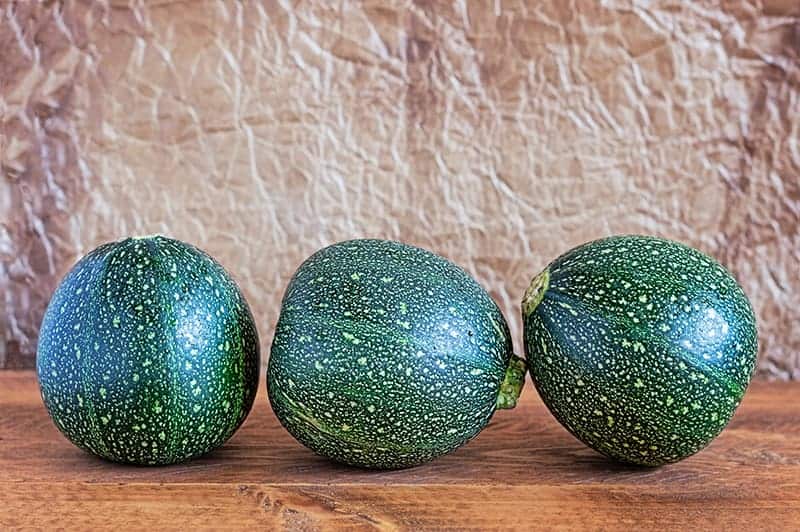
This squash has a buttery taste with deep green skin.
11. Papaya Pear
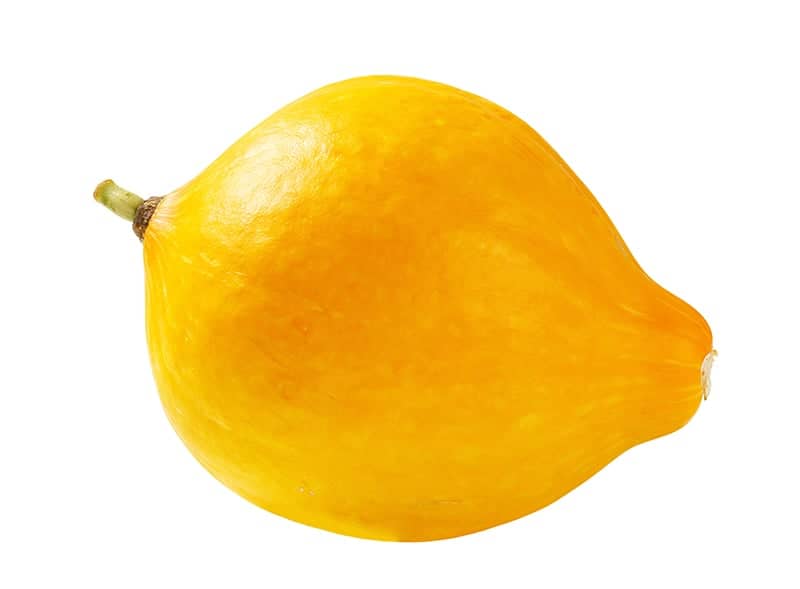
This squash is aptly named because it is shaped like a pear or papaya. It has yellow skin with green speckles.
Zephyr Squash
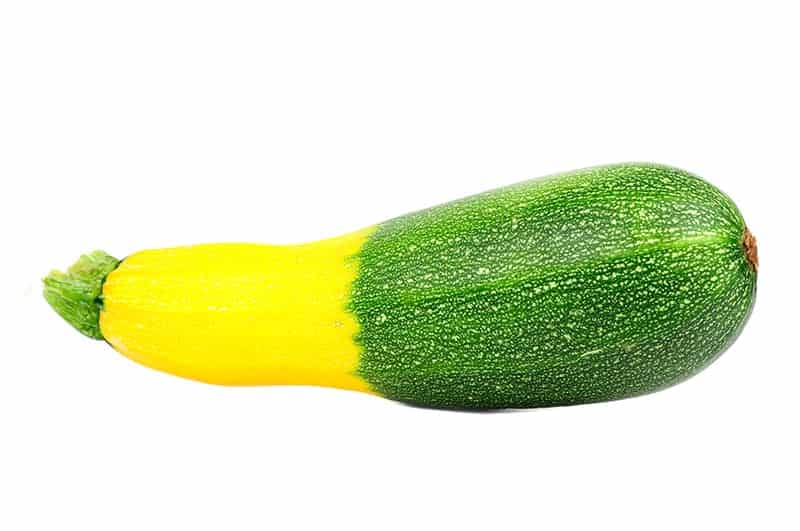
The Zephyr squash is technically a type of straightneck squash, but it has such a distinctive look that many people consider it to be an entirely different type of summer squash. This squash is a hybrid variety that was born from crossing a crookneck squash with a winter squash called yellow acorn squash. The result is the zephyr squash that has a slender shape and a slightly bulbous bottom at the blossom end. The stem end is yellow, and the bulbous end is lime green, looking as though it has been dipped halfway into a tin of green paint. The plant has an open habit and will produce squash that is ready to harvest at day 54; by that time, they will be between four and six inches in length. These summer squash have a sweet and nutty taste and are best enjoyed when young otherwise, their skins can quickly become tough, and their flesh will lose flavor.
Tatuma Squash
This summer squash is native to Latin America and is sometimes called the ‘Mexican squash.’ It is popularly used in Latin American cuisines, in stir-fries, casseroles, or as a side dish. Its flavor is very similar to the common zucchini or straight necked squash, but its flavor is slightly stronger and its flesh more firm. It can be cooked in a variety of ways or used raw. Tatuma squash can either be spherical, or long and cylindrical. Their skin is very thin and can be pale or dark green, or yellow and often striped. Inside, their flesh is white and firm and contains lots of tiny seeds. These fruits are produced on long vines that are vigorous growers and prolific bloomers of large and showy yellow flowers.
The main problem with this summer squash is trying to contain it. The vines of the plant can easily grow beyond ten feet long, and they will root each time a node touches the ground and send out another equally long vine. If you enjoy a large yield of summer squash, then this might be perfect for you, but in a small garden, it could easily take over and become messy and difficult to deal with. Ensure you have plenty of space before growing this plant and trail it’s vines up a trellis so that it is unable to root.
Tromboncino Squash
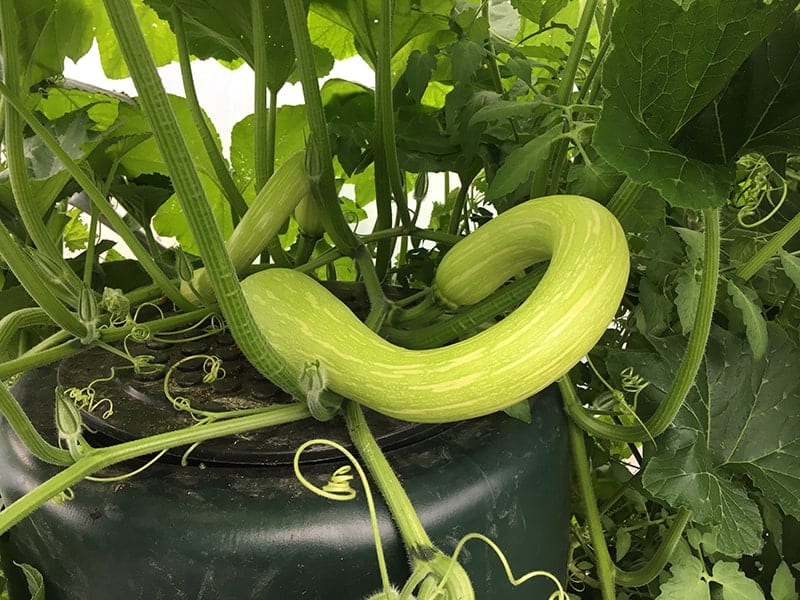
Most types of summer squash are varieties of Cucurbita pepo, but the Tromboncino squash is a variety of Cucurbita moschata, which is known for producing winter squash like butternut squash and some types of pumpkin. Tromboncino squash is native to northwestern Italy, and fruits are produced on vines. They are best grown on a trellis or another vertical support because the vines commonly reach as long as 15 feet. Tromboncino squash is an Italian heirloom variety and has a very distinctive look. They are long and slender, curling around and back on themselves. They have skin in a bright shade of yellow or pale to medium green. These squash have a flesh that is firmer than most other types of summer squash and fewer seeds.
Korean Zucchini Squash
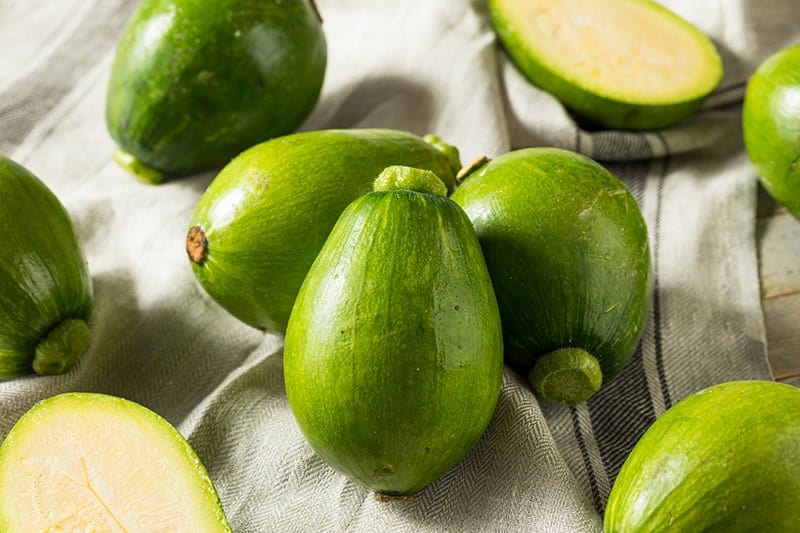
Korean zucchini squash is a type of summer squash that is also commonly known as Korea courgette. Like the Tromboncino squash, this squash is a variety of Cucurbita moschata. It is a staple in Korean cuisine, where it is used in stews, stir-fries, or eaten raw or dried. These fruits are the same cylindrical shape as the common zucchini, but they have a much thinner skin that is smooth and glossy. They are most commonly found in varying shades of green, with some subtle striping. The flesh of these squash is said to be more delicate than regular zucchini.
